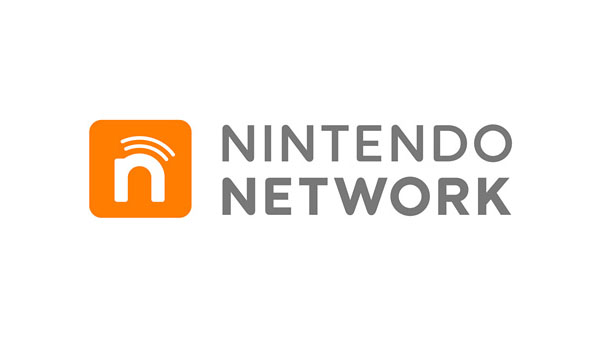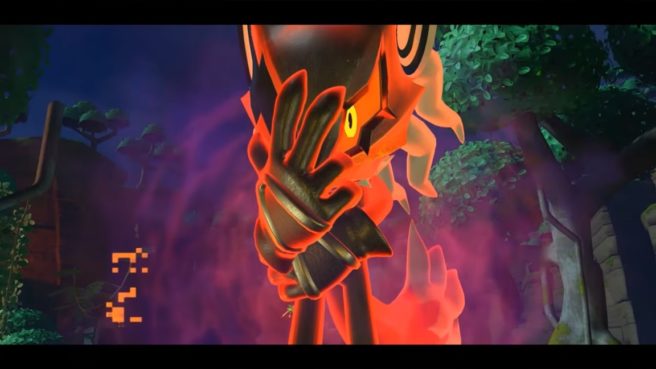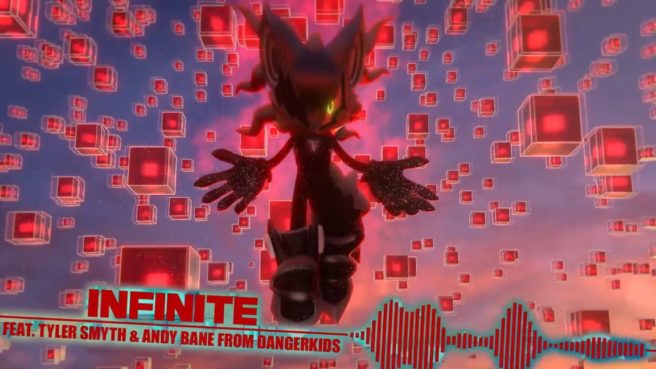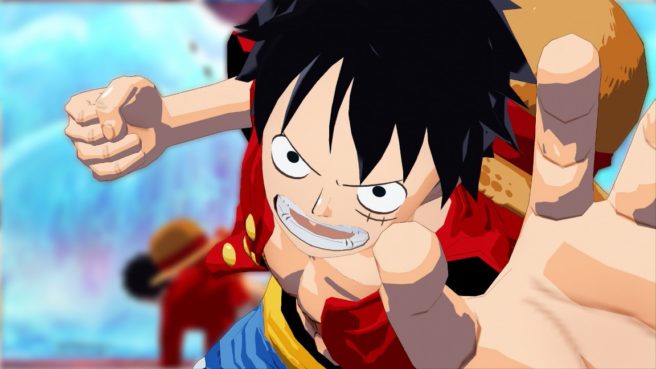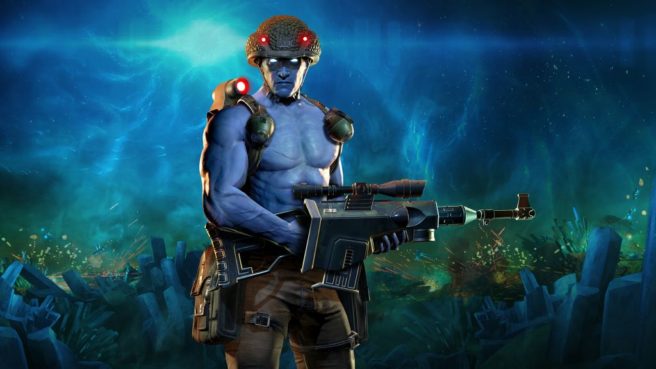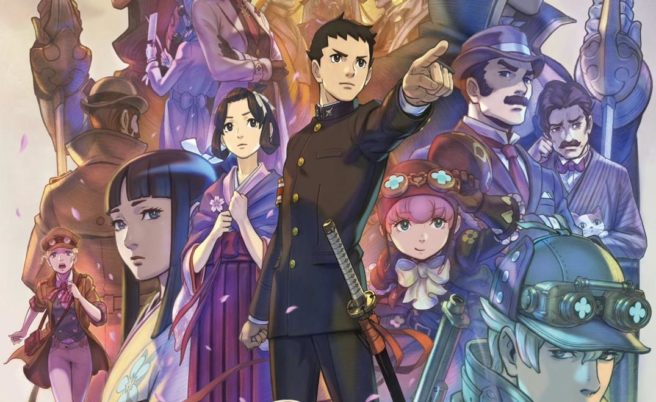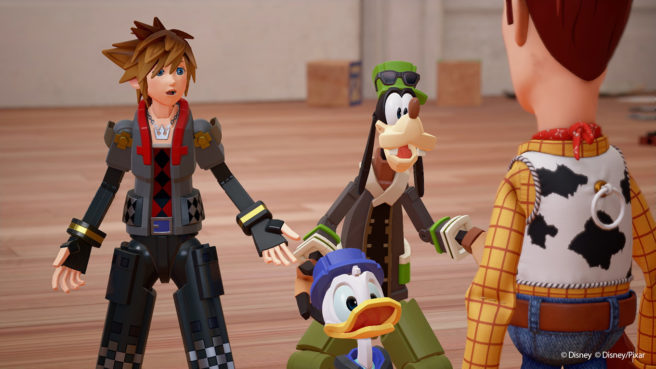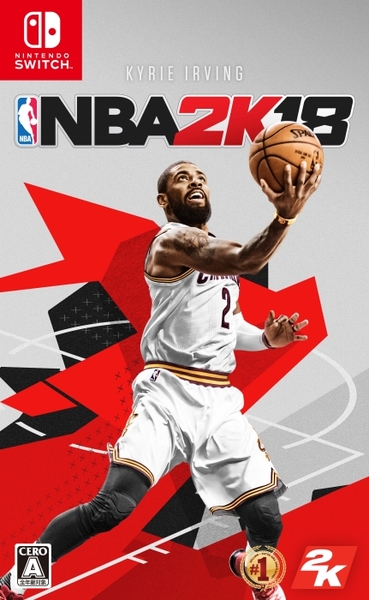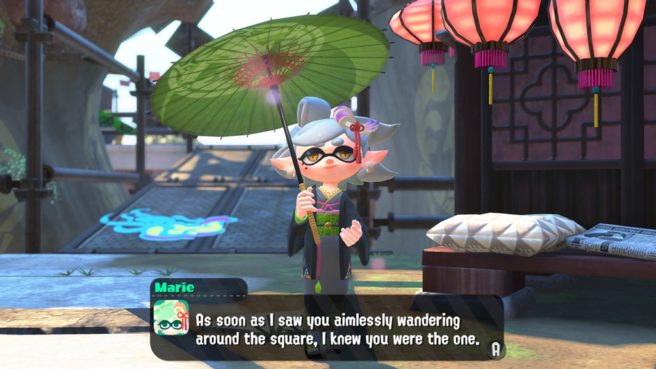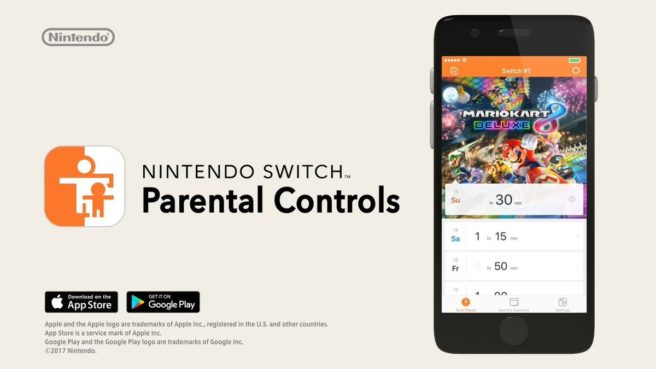Switch maintenance taking place tonight
Posted on 8 years ago by Brian(@NE_Brian) in News, Switch | 1 Comment
Nintendo has scheduled a new round of Switch maintenance taking place this evening (early morning hours in Europe). Certain network services such as online play, rankings, etc. may be impacted.
The maintenance schedule is as follows:
– 5 PM PT – 7:30 PM PT
– 8 PM ET – 10:30 PM ET
– 1 AM in the UK – 3:30 AM in the UK
– 2 AM in Europe – 4:30 AM in Europe
More: maintenance
Sonic Forces – “Enter Infinite” cut-scene
Posted on 8 years ago by Brian(@NE_Brian) in Switch, Videos | 22 Comments
It’s a double dose of Sonic Forces updates today. Along with new music for Infinite’s theme, we also have a look at a new cut-scene with the character. You can watch the clip below.
More: SEGA, Sonic Forces
New Sonic Forces music – “Infinite”
Posted on 8 years ago by Brian(@NE_Brian) in Switch, Videos | 2 Comments
SEGA shared the latest piece of music from Sonic Forces today. We’re able to get a sneak peek of “Infinite”, which should be associated with the game’s new villian. Listen to the music below.
More: SEGA, Sonic Forces
One Piece: Unlimited World Red Deluxe Edition launching September 29 in North America Europe
Posted on 8 years ago by Brian(@NE_Brian) in News, Switch | 19 Comments
Update: The same date has now been confirmed for North America.
Original: One Piece: Unlimited World Red Deluxe Edition has a new, final release date in Europe. The game had previously been given a general September release window.
One Piece: Unlimited World Red Deluxe Edition is coming to Europe on September 29. Bandai Namco will be selling the title both phyiscally and digitally.
Rogue Trooper Redux graphics comparison trailer
Posted on 8 years ago by Brian(@NE_Brian) in Switch, Videos | 3 Comments
Rebellion issued a new trailer for Rogue Trooper Redux today showing how the game’s visuals have improved since the original game during the Wii era. Have a look at it below.
Rebellion also announced an October 17 release date for Rogue Trooper Redux today, though the Switch version is coming at some point later. It should be priced somewhere around $24.99 / €24.99 / £19.99.
More: Rebellion, Rogue Trooper Redux
Latest Capcom TV featuring Monster Hunter XX Switch, The Great Ace Attorney 2
Posted on 8 years ago by Brian(@NE_Brian) in 3DS, Switch, Videos | 3 Comments
The latest episode of Capcom TV aired last night, and once again featured footage of Monster Hunter XX on Switch and The Great Ace Attorney 2. We’ve included the full recording below.
Tetsuya Nomura clarifies statement on a possible Switch port of Kingdom Hearts III
Posted on 8 years ago by Matt(@OnePunchMaz) in News, Switch | 46 Comments
A few days ago, we reported on a statement made by Kingdom Hearts III director Tetsuya Nomura to IGN on the possibility of a Switch port of the game. He was already fairly vague and non-committal, saying that a release of the game on other platforms might be considered after its initial release on Playstation 4 and Xbox One. However, it seems like some outlets interpreted Nomura’s answer a bit too positively for his taste, especially in Japan where some of the nuances of his (English) interview with IGN were lost in translation. Speaking to Famitsu (thanks to Dualshockers for the translation), he reiterated that the platforms the game will initially launch on are the sole focus at the moment, and that a release on other platforms would only be considered afterwards. He also stated that while he was asked about the Switch by IGN, he himself didn’t single out Nintendo’s new system, only mentioning “other platforms” as possible targets for a port.
So there you have it. A Switch port of Kingdom Hearts III might still be happening at some point, but given that Nomura made the effort to clarify his statements, it’s far from a sure thing.
Japanese NBA 2K18 boxart
Posted on 8 years ago by Andrew in Images, Switch | 0 comments
The Japanese boxart for NBA 2K18 has just been revealed. The boxart basically looks the same as the North America boxart except the rating system is different on it. NBA 2K18 is set to release in Japan on September 19th later this year.
More: 2K Sports, boxart, NBA 2K18, Visual Concepts
Splatoon 2 Hero Mode final boss and ending
Posted on 8 years ago by Brian(@NE_Brian) in Switch, Videos | 13 Comments
Despite the fact that Splatoon 2 has not officially launched, the final boss and ending for the game’s Hero Mode is already online. If you plan on playing through the mode, we can’t really recommend giving is a look. Still, for those who are interested and want to get an early sneak peek, you can do so below.
More: Splatoon 2
Switch Parental Controls update rolling out (version 1.1) – play records per user and more
Posted on 8 years ago by Brian(@NE_Brian) in News, Switch | 7 Comments
A new update for the Switch Parental Controls is going out. You should soon be able to download version 1.1 on iOS and Android.
When live, you’ll see a number of new additions, including play records for each individual user. Full patch notes are as follows:
– Daily and monthly game time per person
– Daily non-gaming time spent on the console
– Daily time spent with Parental Controls disabled
– Average play times per month
– Days played per month
